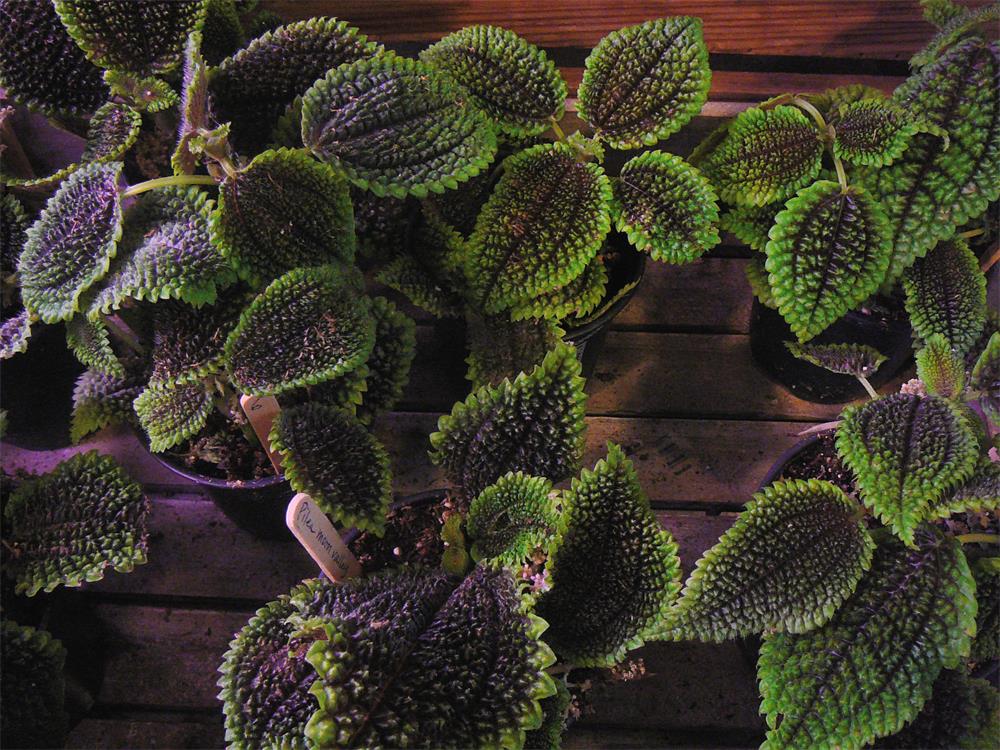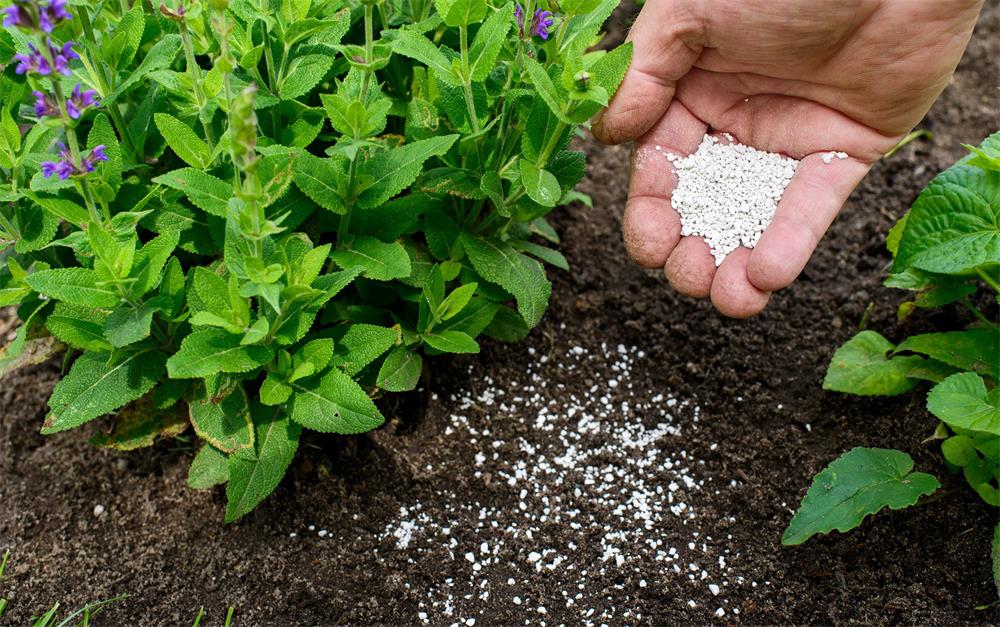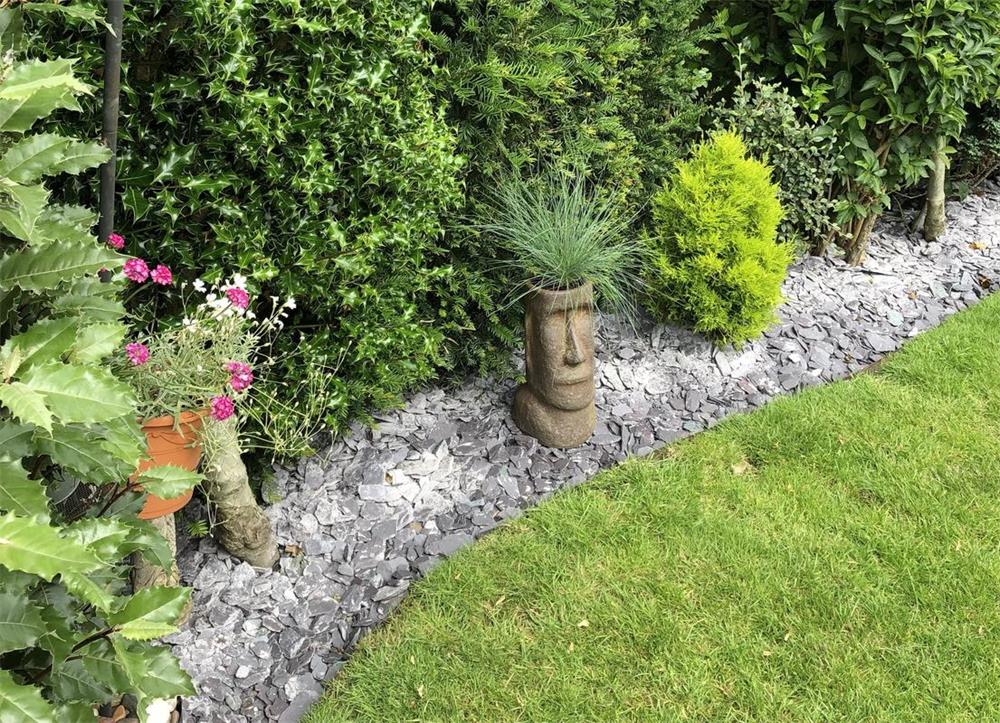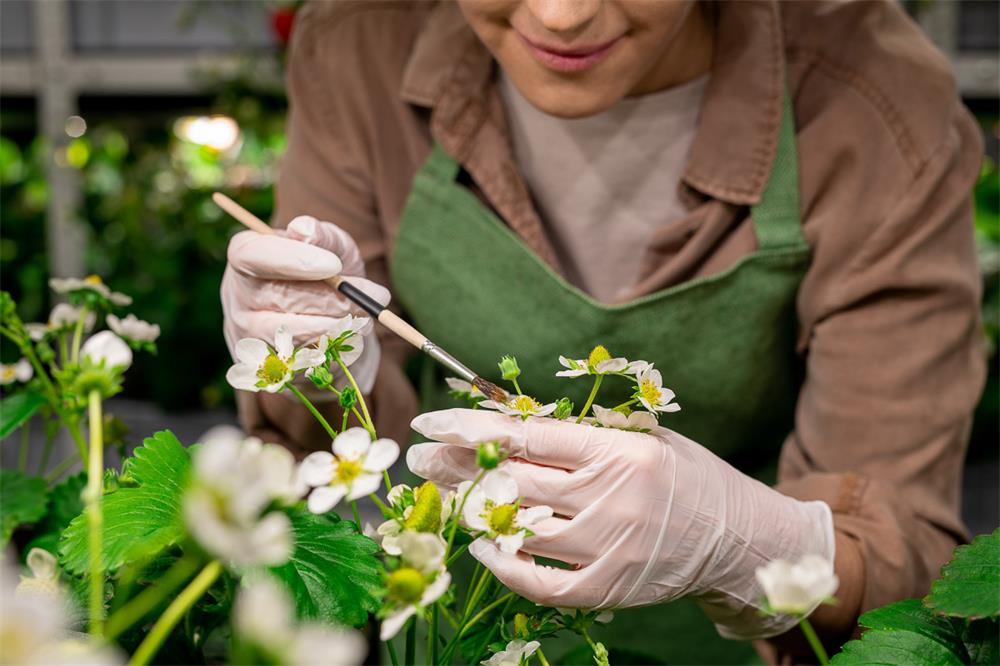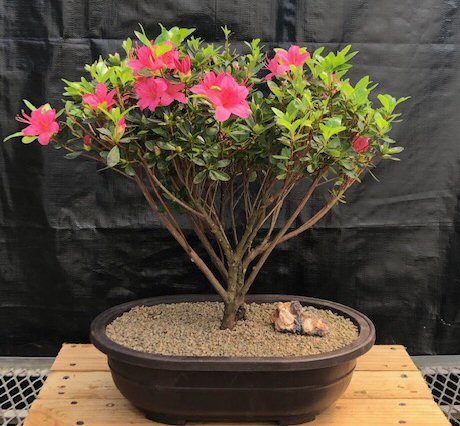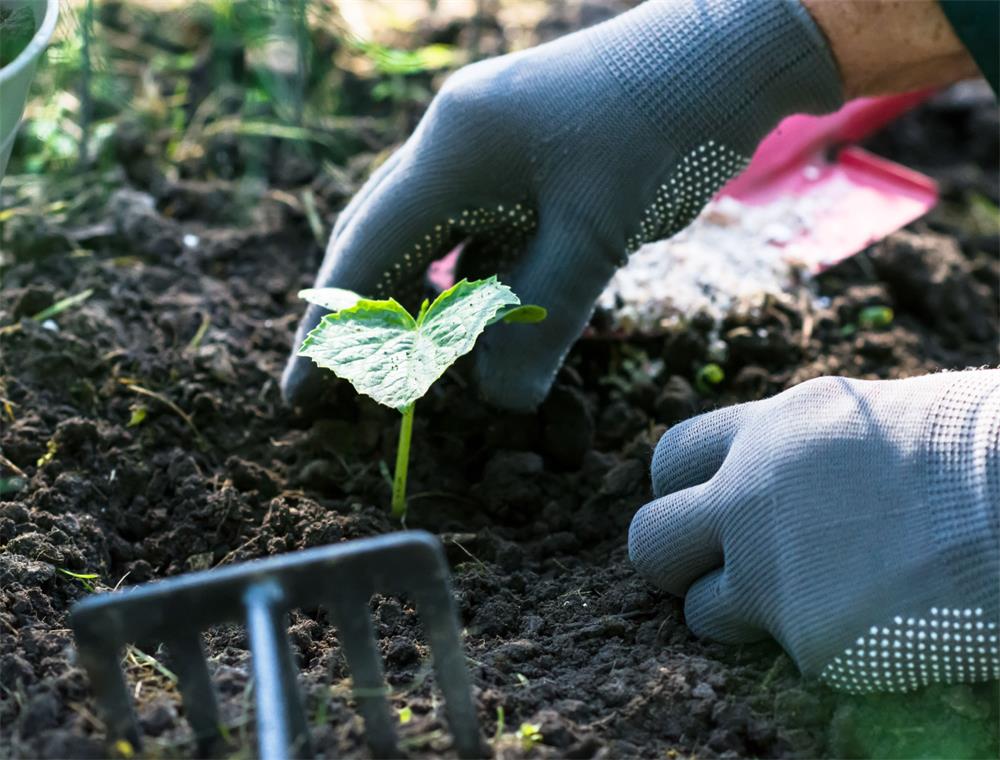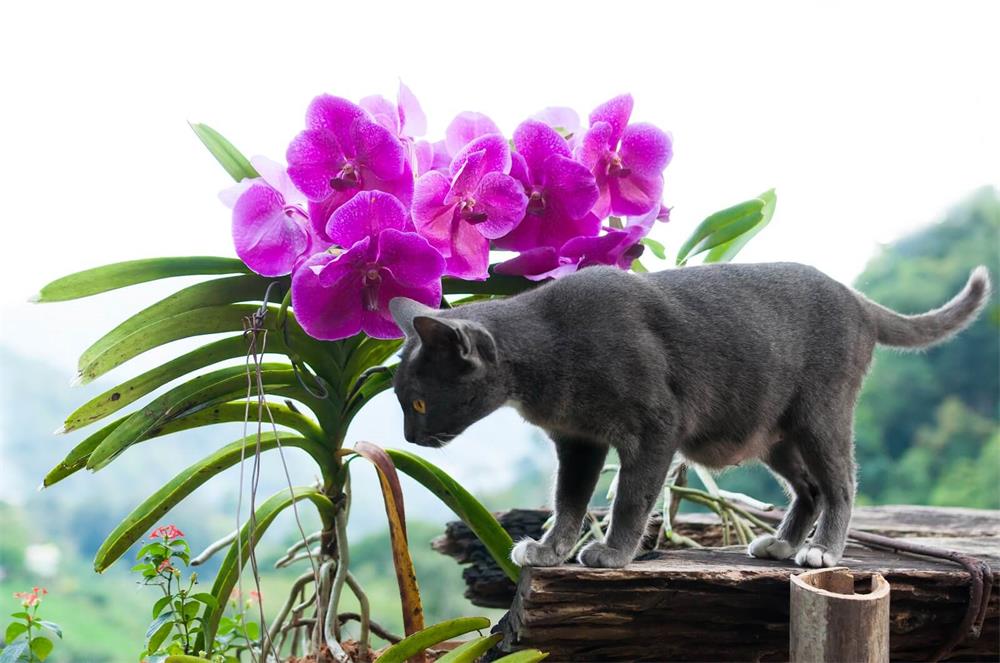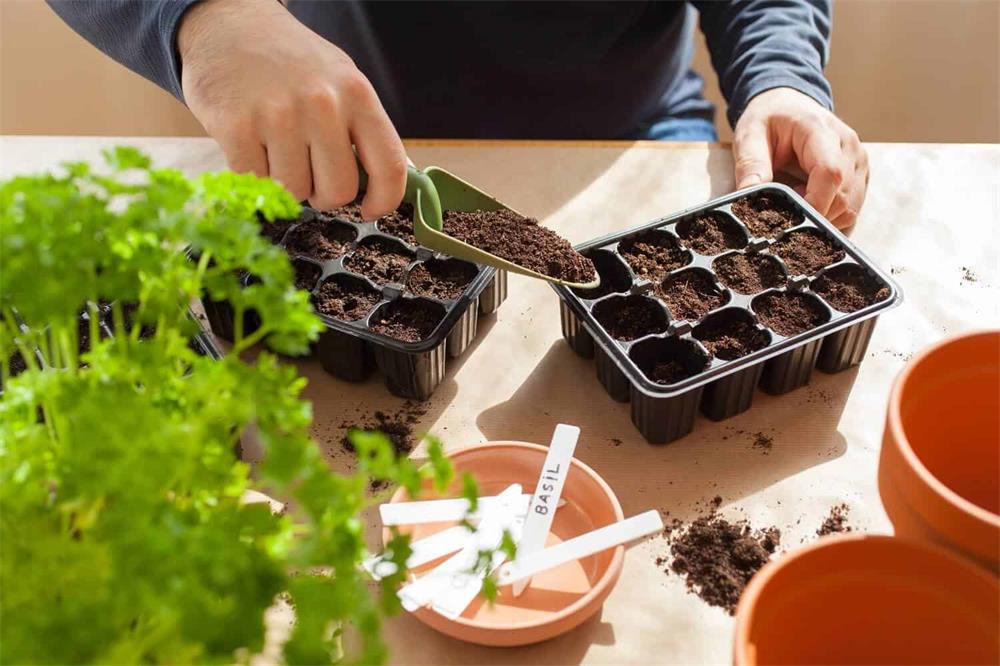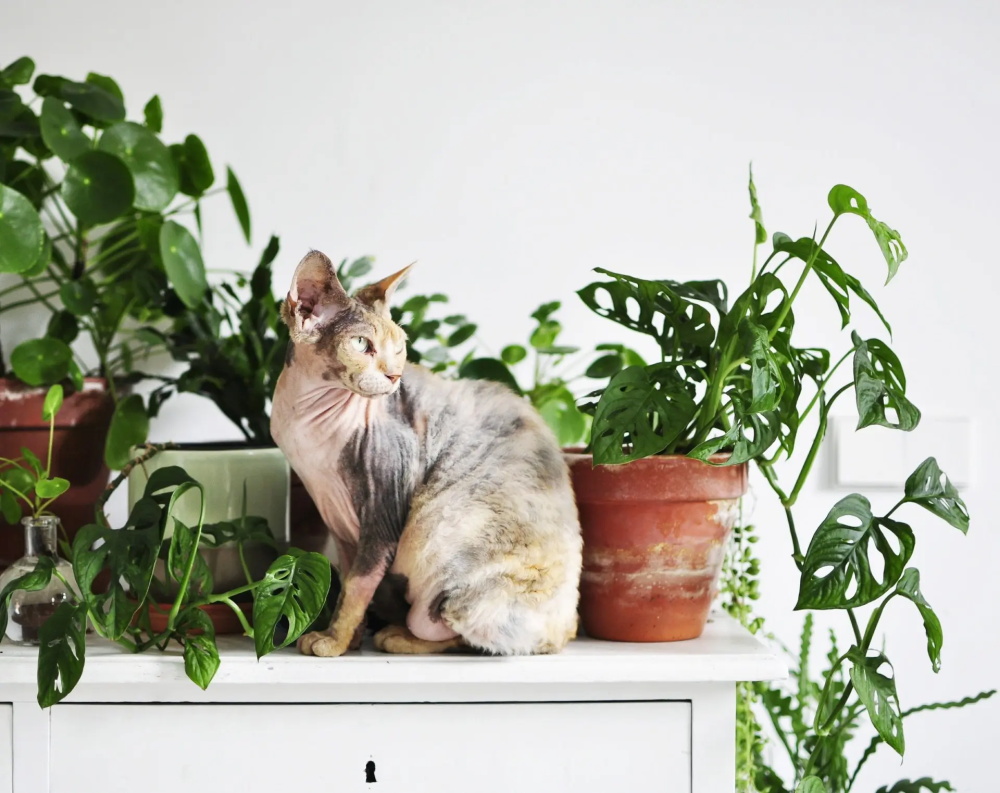
Table of Contents
Pothos is one of the most popular and easy-to-grow houseplants. It has shiny, heart-shaped leaves that come in various colors and patterns. It can thrive in low-light conditions and does not need much water or fertilizer. It can also grow as a vine or a bush, making it versatile for different spaces and styles.
However, if you have a cat at home, you should be careful with this plant. Pothos is toxic to cats and can cause serious health problems if they ingest any part of it. This is because pothos contains calcium oxalate crystals, which are sharp and needle-like structures that can irritate and damage the tissues of the mouth, throat, stomach, and intestines.
In this article, we will explain the symptoms, diagnosis, treatment, and prevention of pothos poisoning in cats. We will also give you some tips on how to keep your cat and pothos coexist safely.
Symptoms of Pothos Poisoning in Cats
If your cat eats pothos, you may notice some of the following signs:
- Oral irritation: Your cat may paw at its mouth, drool excessively, or have difficulty swallowing. You may also see redness, swelling, or blisters on its lips, tongue, or gums.
- Vomiting: Your cat may vomit the plant material or blood. This can indicate damage to the stomach lining or esophagus.
- Diarrhea: Your cat may have loose or bloody stools. This can indicate damage to the intestines or colon.
- Abdominal pain: Your cat may show signs of discomfort or distress in its abdomen, such as hunching, hiding, or crying.
- Breathing difficulty: Your cat may have trouble breathing due to swelling of the throat or airways. This can be a life-threatening emergency.
The severity of the symptoms will depend on how much pothos your cat ate and how sensitive it is to the plant. Some cats may only have mild irritation, while others may have severe inflammation and bleeding.
Diagnosis of Pothos Poisoning in Cats
If you suspect that your cat has eaten pothos, you should take it to the vet as soon as possible. Pothos poisoning can be fatal if left untreated.
The vet will examine your cat and ask you some questions about its history and exposure to the plant. You should bring a sample of the plant or a picture of it if possible. This will help the vet confirm the diagnosis and rule out other causes of toxicity.
The vet may also perform some tests on your cat, such as blood work, urine analysis, or x-rays. These tests can help assess the extent of the damage and monitor your cat’s vital signs.
Treatment of Pothos Poisoning in Cats
The treatment of pothos poisoning in cats will depend on the severity of the symptoms and the condition of your cat. The main goals are to remove the plant material from your cat’s system, reduce the inflammation and pain, and prevent complications.
Some of the possible treatments are:
- Inducing vomiting: The vet may induce vomiting in your cat if it has eaten pothos within the last two hours and is not showing signs of severe distress. This can help expel some of the plant material from your cat’s stomach and prevent further absorption.
- Activated charcoal: The vet may administer activated charcoal to your cat if it has eaten pothos more than two hours ago or is showing signs of severe distress. Activated charcoal can bind to some of the toxins in your cat’s system and prevent them from being absorbed into the bloodstream.
- Gastric lavage: The vet may perform gastric lavage on your cat if it has eaten a large amount of pothos or is showing signs of severe distress. Gastric lavage involves inserting a tube into your cat’s stomach and flushing it with water or saline solution to remove the plant material.
- IV fluids: The vet may give your cat IV fluids to prevent dehydration, correct electrolyte imbalances, and support kidney function.
- Anti-inflammatory drugs: The vet may prescribe anti-inflammatory drugs to your cat to reduce the swelling and pain caused by the calcium oxalate crystals.
- Antihistamines: The vet may prescribe antihistamines to your cat to reduce the allergic reaction caused by the calcium oxalate crystals.
- Antibiotics: The vet may prescribe antibiotics to your cat to prevent or treat any bacterial infections that may result from the damage to the tissues.
- Oxygen therapy: The vet may provide oxygen therapy to your cat if it has trouble breathing due to swelling of the throat or airways.
The recovery time for pothos poisoning in cats will depend on the severity of the symptoms and the condition of your cat. Some cats may recover within a few days, while others may need weeks or months of treatment and care. The prognosis for pothos poisoning in cats is generally good if the diagnosis is made early and the treatment is appropriate.
Prevention of Pothos Poisoning in Cats
The best way to prevent pothos poisoning in cats is to keep this plant away from your cat. Here are some tips on how to do that:
- Avoid growing pothos in your home or garden if you have a cat. There are many other cat-friendly plants that you can choose from, such as spider plants, African violets, or orchids.
- If you do have pothos in your home or garden, make sure it is out of your cat’s reach. You can hang it from the ceiling, place it on a high shelf, or put it behind a barrier.
- Label your pothos plant with a warning sign or sticker that says “toxic to cats” or “keep away from pets”. This can help remind you and others not to let your cat near it.
- Educate yourself and others about the dangers of pothos for cats. Share this article with your friends and family who have cats or pothos plants. If you see someone giving pothos as a gift to a cat owner, politely inform them that it is not a good idea.
- Provide your cat with alternative plants to chew on, such as cat grass, catnip, or mint. These plants are safe and beneficial for cats and can satisfy their natural urge to eat greens.
- Monitor your cat’s behavior and health regularly. If you notice any signs of pothos poisoning in your cat, take it to the vet immediately.
Summary
Pothos is a toxic plant for cats that contains calcium oxalate crystals, which can cause irritation and damage to the tissues of the mouth, throat, stomach, and intestines. Symptoms of pothos poisoning in cats include oral irritation, vomiting, diarrhea, abdominal pain, and breathing difficulty. Pothos poisoning in cats can be fatal if left untreated.
If your cat eats pothos, you should take it to the vet as soon as possible. The vet will diagnose the condition and provide the appropriate treatment, which may include inducing vomiting, activated charcoal, gastric lavage, IV fluids, anti-inflammatory drugs, antihistamines, antibiotics, and oxygen therapy.
The best way to prevent pothos poisoning in cats is to keep this plant away from your cat. You can also provide your cat with alternative plants to chew on, such as cat grass, catnip, or mint.
Pothos is a beautiful and easy-to-grow houseplant, but it is not worth risking your cat’s health and life. If you have a cat at home, you should avoid growing pothos or make sure it is out of your cat’s reach.




